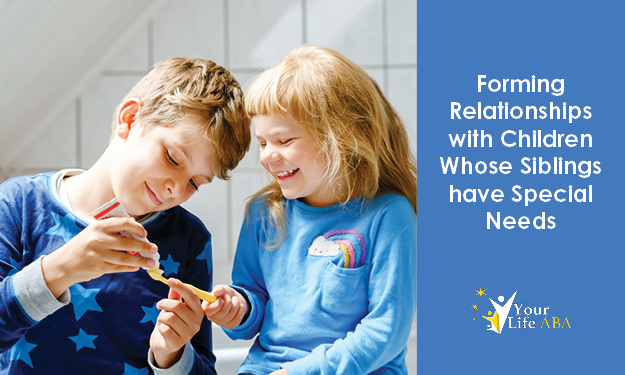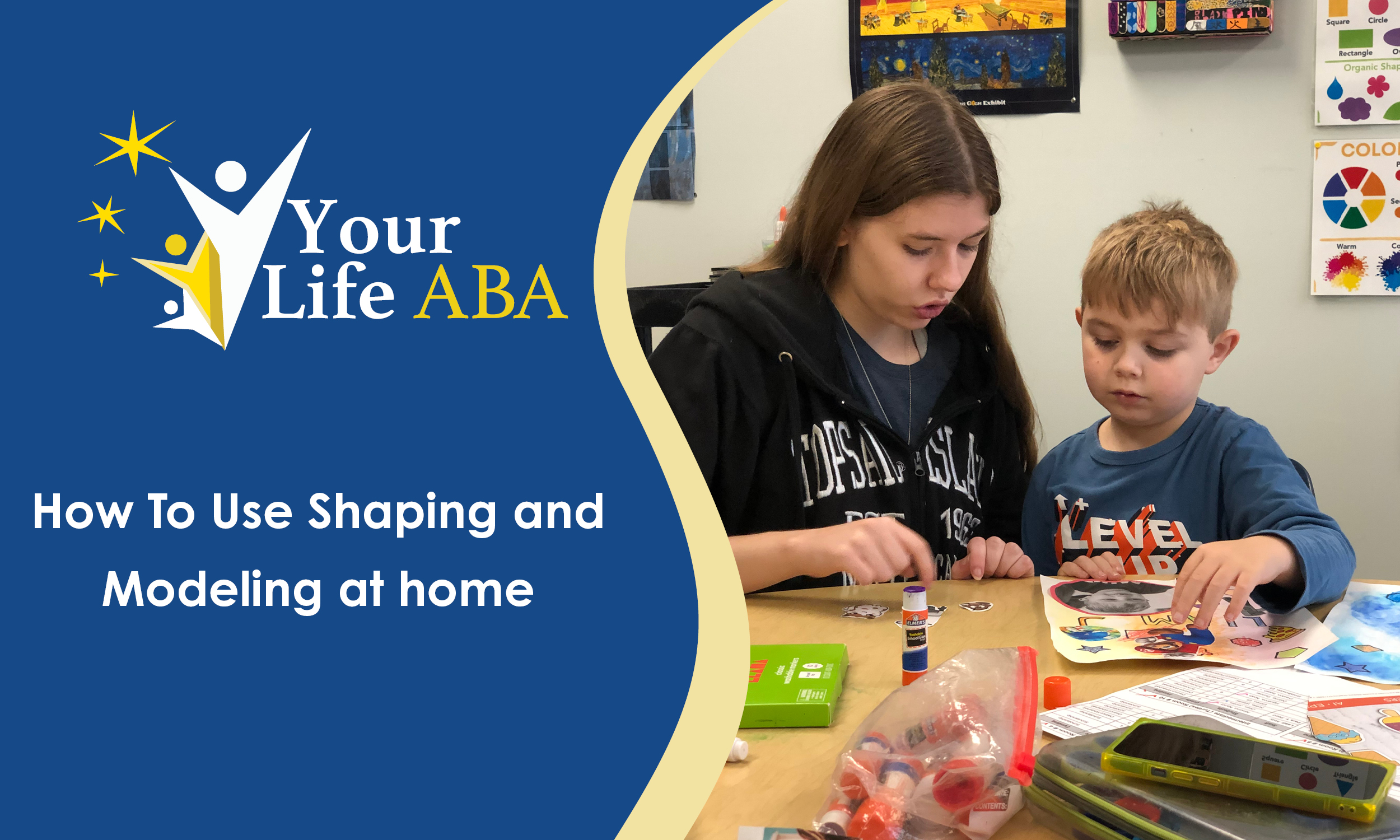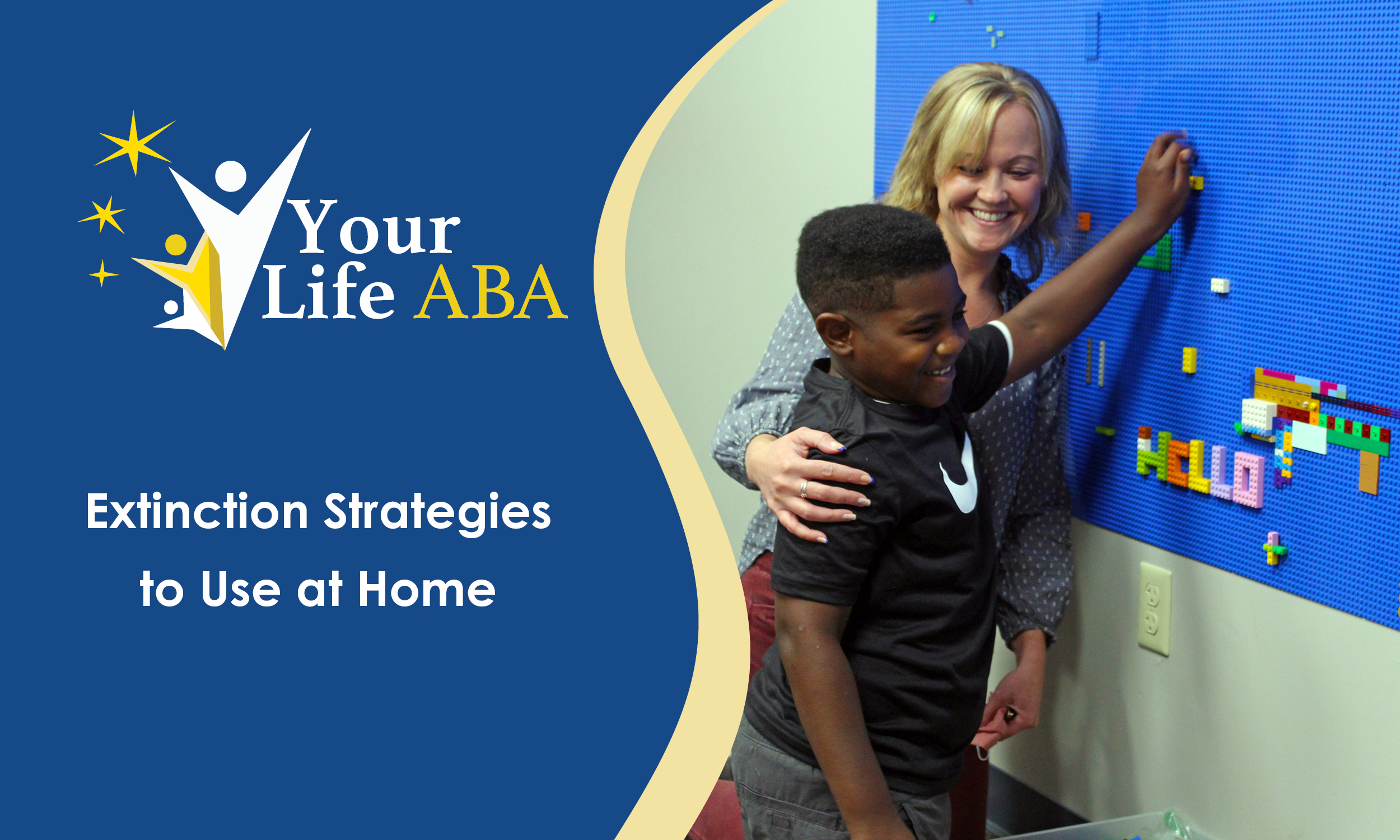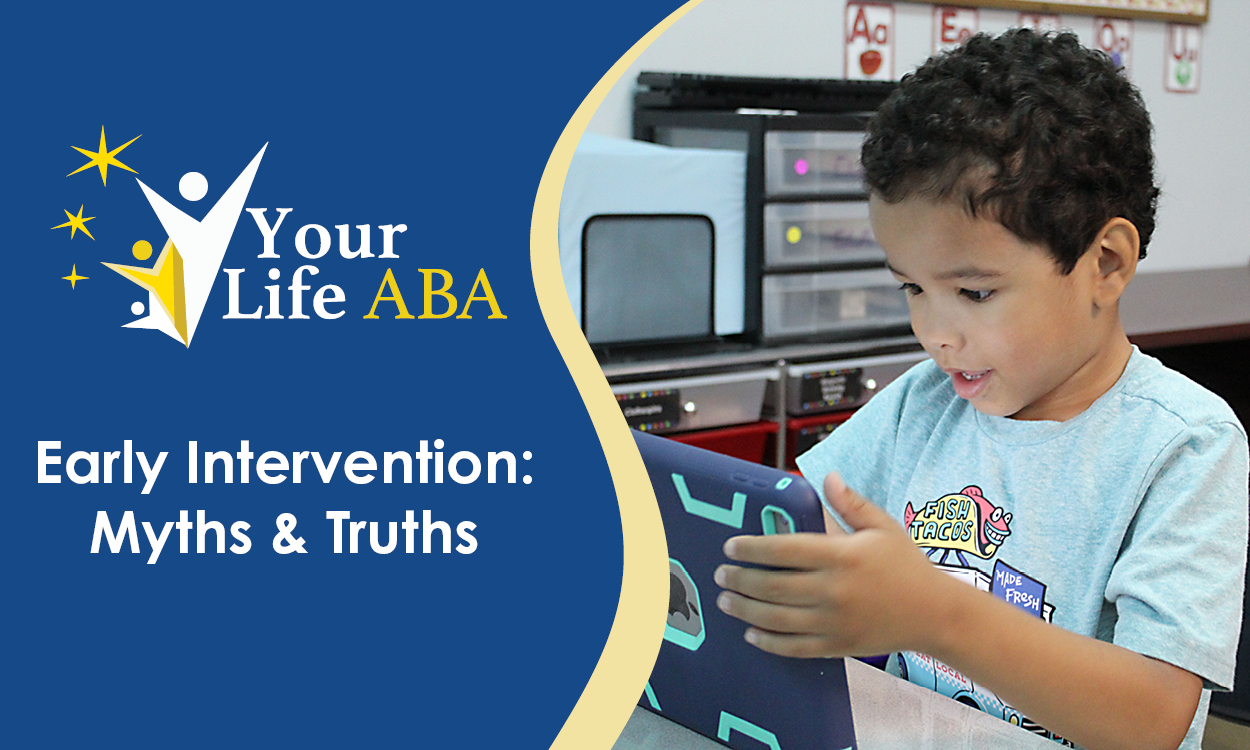Nostalgia and Mindfulness: The "You" You Once Knew
Posted: May 09, 2022 | Written By: Janet Henninger | Category: At Home Help
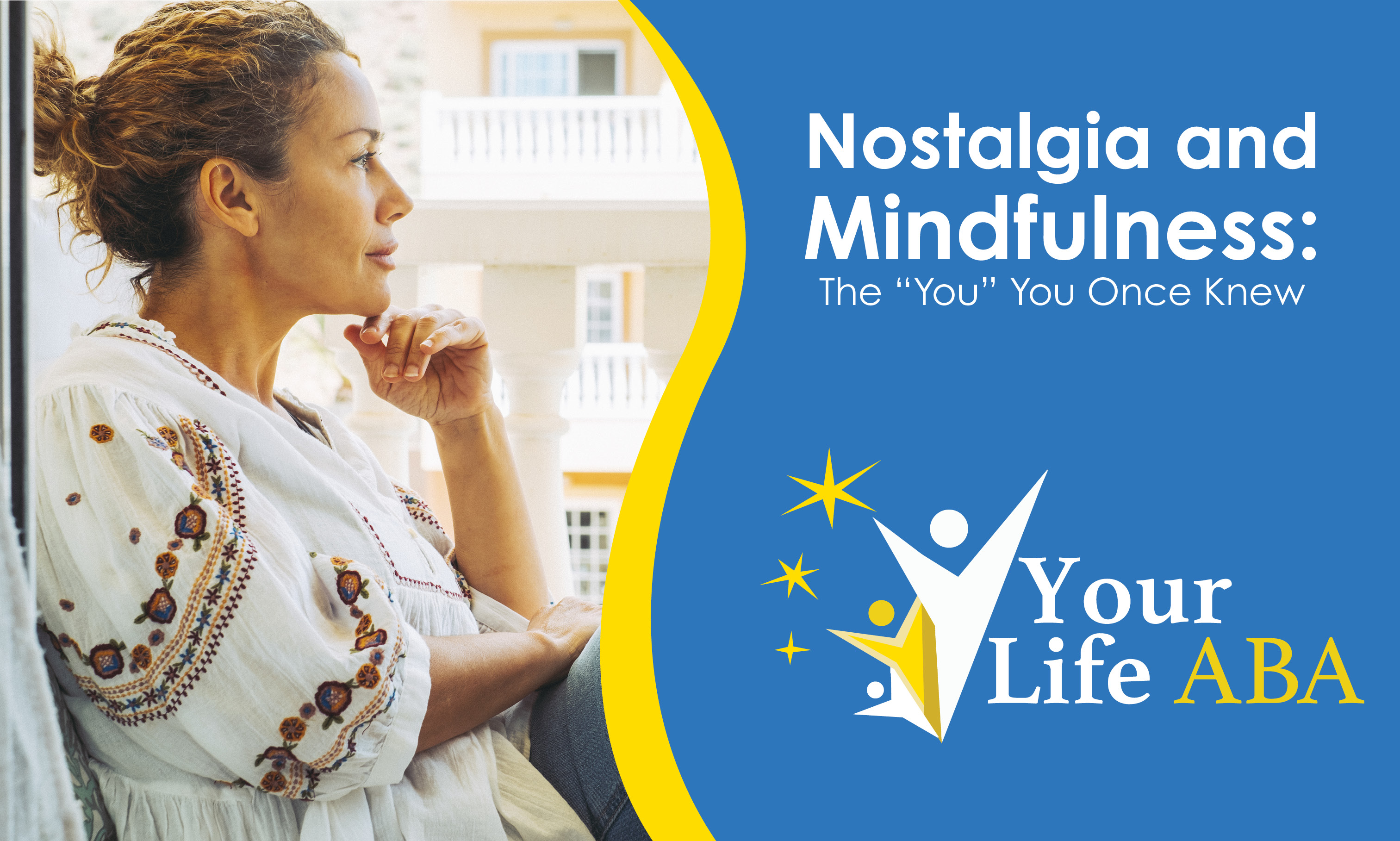
Take a moment to think of the last time you laid on a plush green lawn, watching the clouds form into familiar shapes and dance whimsically across the sky. Was it yesterday, last spring, or the summer when you were nine years old? In that moment, you allowed your imagination to take over without focusing on the next task on your schedule or feeling stuck in the hustle and bustle and busy flow of the workday. Fast forward to the present, where you will see that most of us rarely leave time for such abstract and imaginative concepts. It's as though we lost part of ourselves for the sake of success, creating endless lists and criticizing our productivity or lack thereof. If you are ever lucky enough to be asked “who are you really?” How would you answer? You might identify yourself as the role you have in your workplace...a teacher...a counselor...a nurse. Perhaps you will provide a more confident response reflective of attributes and personality traits fine tuned into your adulthood. Or would you think of your childlike self...the “you” you once knew?
What does it even mean to be nostalgic? In the 17th century, when the term “nostalgia” was coined by physician Johannes Hofer, it was categorized as a mental disorder and a state of delusion in soldiers who were homesick. More recently, nostalgia has been given a renewed definition, and that definition seems to vary among those who are mindful of the power of nostalgia in their lives.
Resilient individuals have seemingly mastered the art of reflecting on positive memories while filtering out the negative, simply recalling a memory, place, or experience of a less complicated era. Why do we yearn for our past selves though? Is it that we struggle to face the stressors of our present reality? For some, stress reduction is the goal, for others nostalgia is simply a reference point to their most authentic selves.
Younger adults and the elderly are more likely to be nostalgic but for two vastly distinct reasons. The process of identity formation is not limited to adolescence as previously thought in the world of developmental psychology. Identity formation continues into early adulthood and, with the fast pace of the world around us, recentering on the pleasant and familiar things of the past provides safety and comfort. In the elderly, nostalgia provides reflection and a reminder of how much life has changed. Undeniably, nostalgia provides an emotional experience that prompts us to be in the present moment and the past simultaneously.
We have developed a fascination and longing for our past selves, clinging to nostalgic sounds, scents, objects, entertainment, and experiences of our youth. While most research suggests that nostalgia is something that comes purely from sensory stimuli, it can also be evoked through mindful behavior. As a “geriatric millennial,” all things 90s spark a sense of joy and fulfillment in my life and help me feel connected to those around me who share in the same simple joys. I surround myself with outdated electronics, old VHS tapes, vintage vinyl records, rare collectibles, while spritzing familiar yet discontinued scents into the air. Through these intentional actions, I can control the release of dopamine, “the happy hormone.”
Moawad’s (2016) review The Brain and Nostalgia, highlights the role and function of the brain in nostalgic experiences. The hippocampus, the brain’s memory center, holds all memories, both the good and the bad. Sensory stimuli can trigger those with trauma in unexpected and unpleasant ways while the same stimuli can trigger a positive experience for others. And while nostalgia can be among the most effective coping mechanisms, it can also become a way to deflect, compartmentalize, and hide from our responsibilities. Tuning into nostalgia is an artform and can open us up to optimal mental wellness if done right.
Using the power of nostalgia in a healthy way requires a mindful balance in which the benefits of nostalgia must outweigh the potential of overindulgence. How do we reach that balance and create a nostalgic experience to support optimal mental wellness?
Explore some of these suggestions and create your own sense of peace with the “you” you once knew:
-
Create a mixed CD or playlist of old familiar songs.
-
Bake a favorite treat! Following music, our sense of smell is the next most strongly connected to nostalgic memories.
-
Look through picture albums to reflect on previous vacations or positive experiences with loved ones.
-
Host a game night with friends and play games that you haven’t played since high school.
-
Act like a kid! Jump through puddles, look at the clouds, collect seashells on the beach, skip stones in the creek, and reconnect with simple pleasurable experiences that once excited you.
-
Have a movie night with favorite films from an earlier decade.
-
Share nostalgic moments with friends and family to harness the power of community in nostalgia.
Want to be notified of new articles and resources from Your Life ABA? Click here to submit your email and opt into our newsletter.




